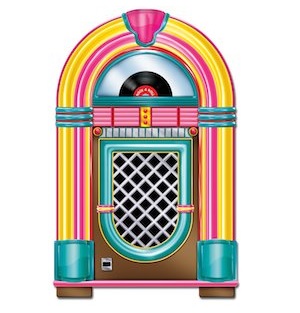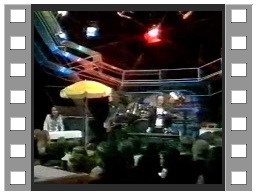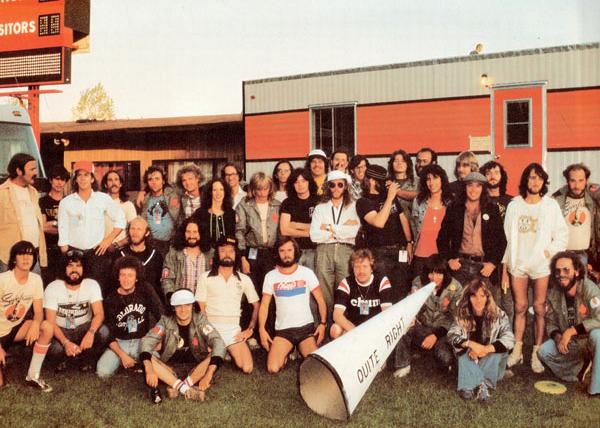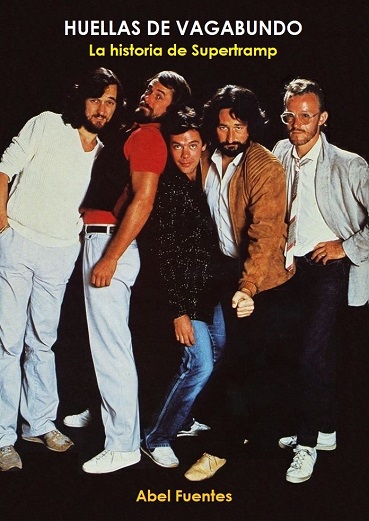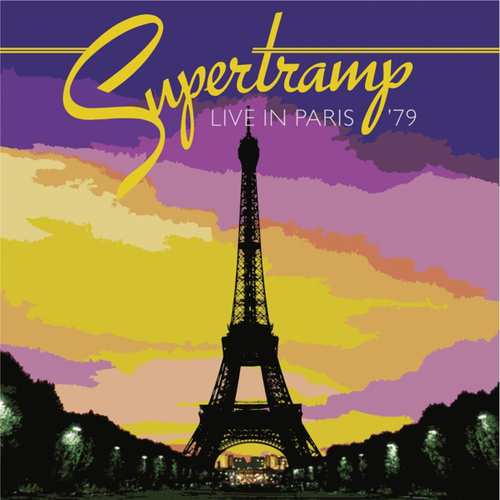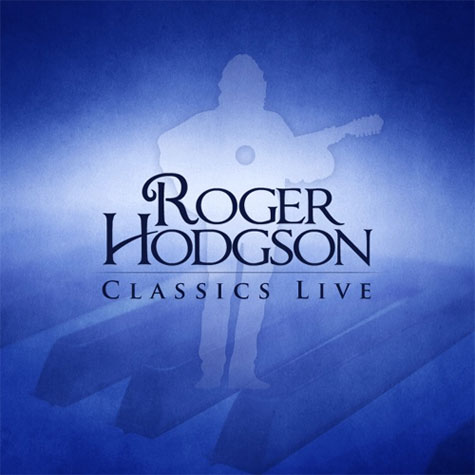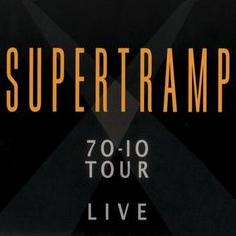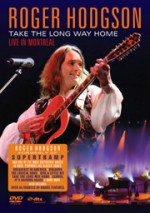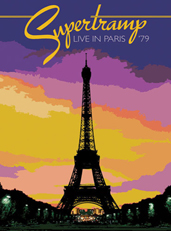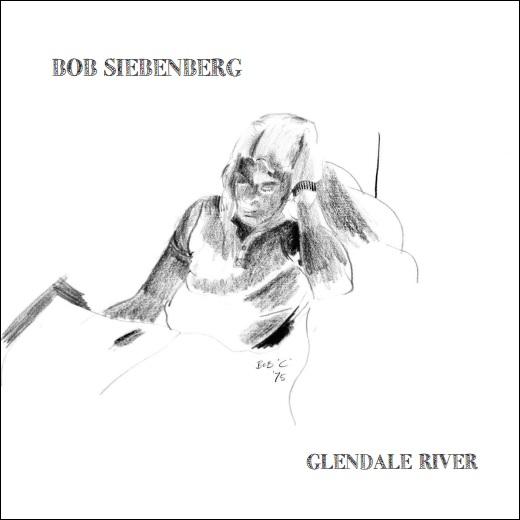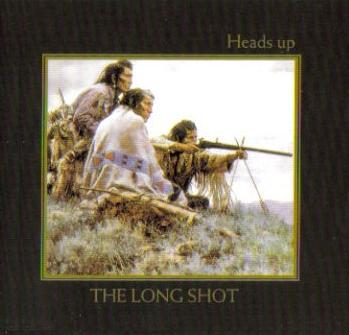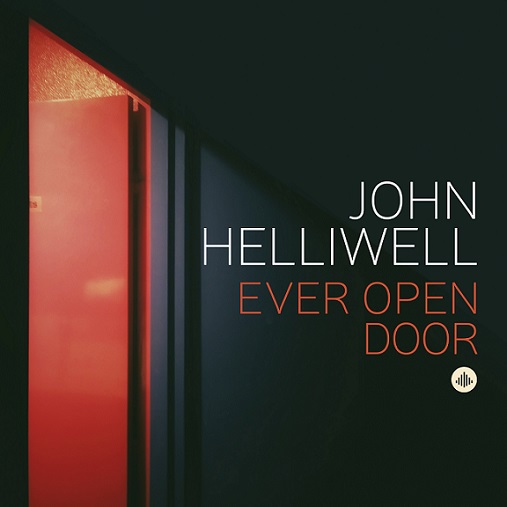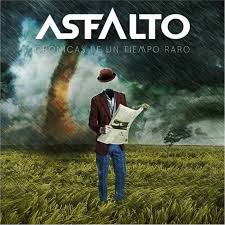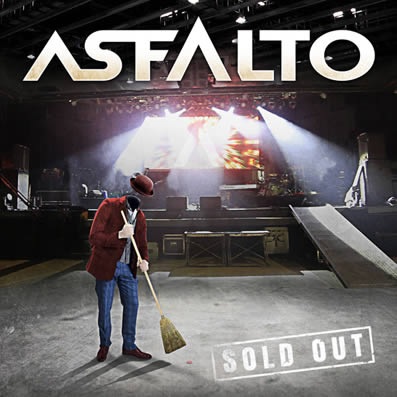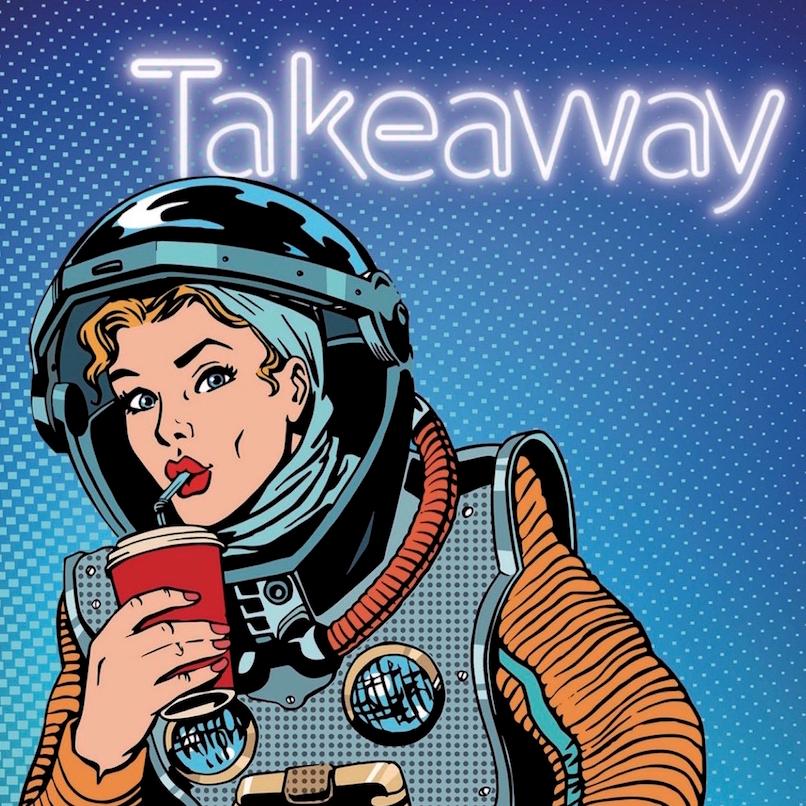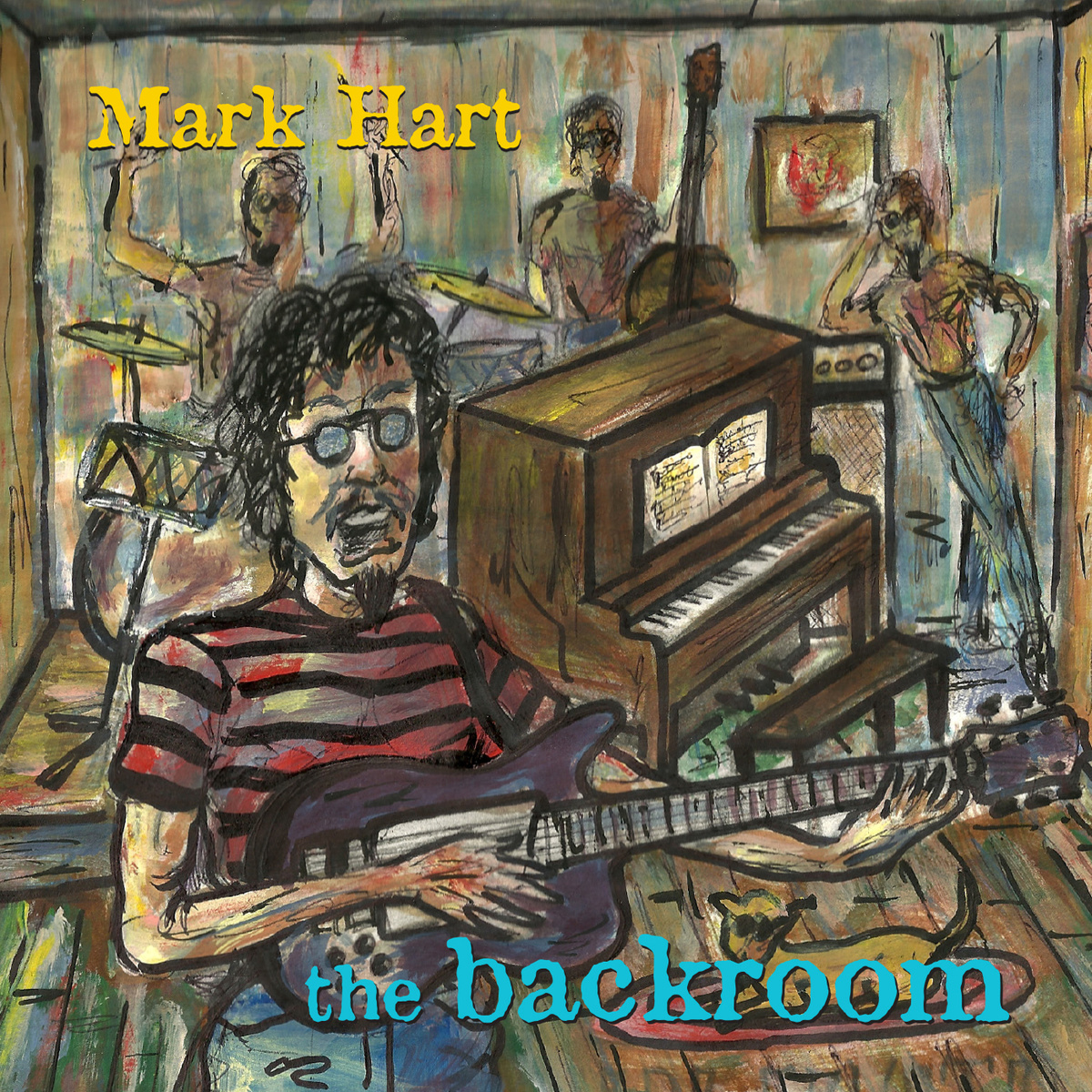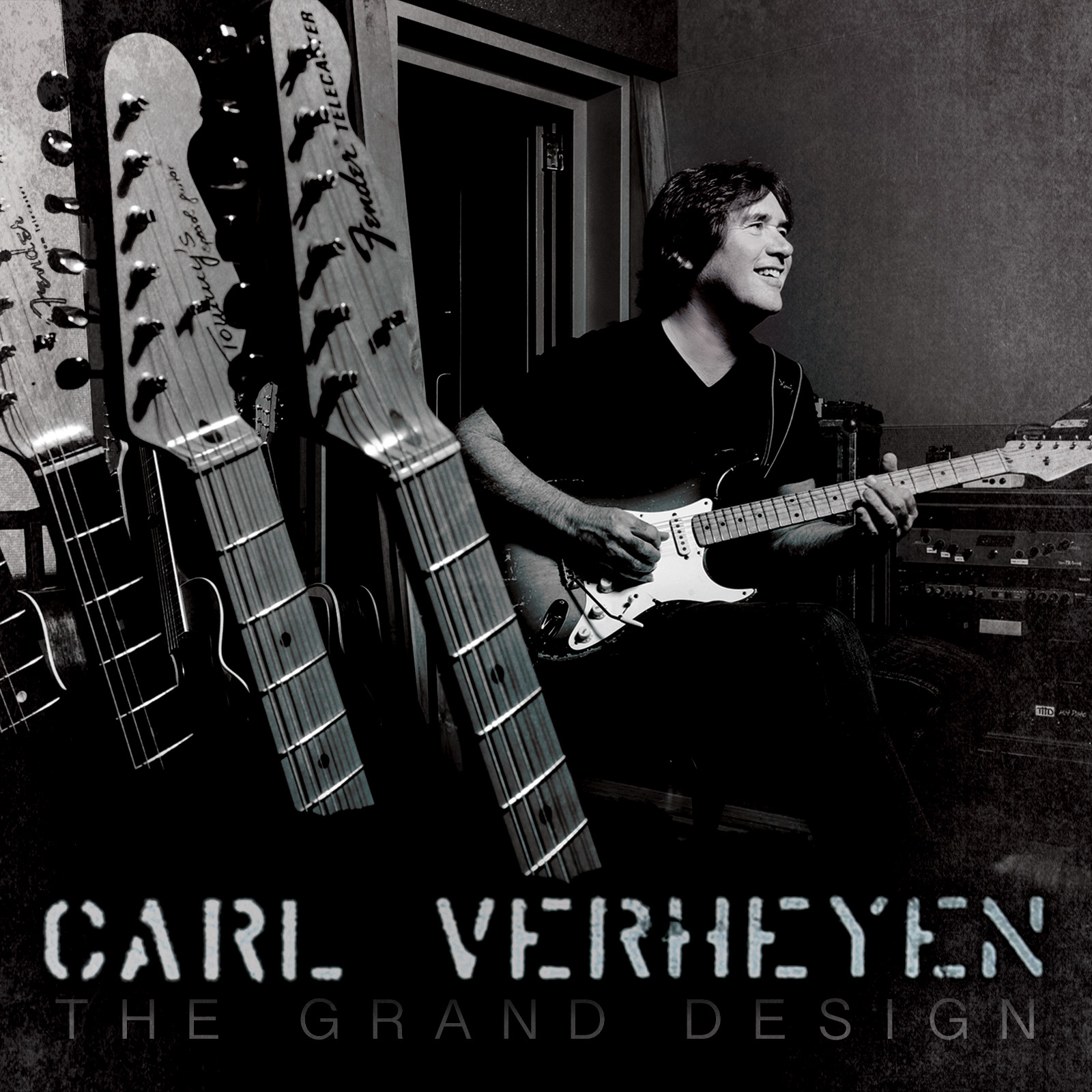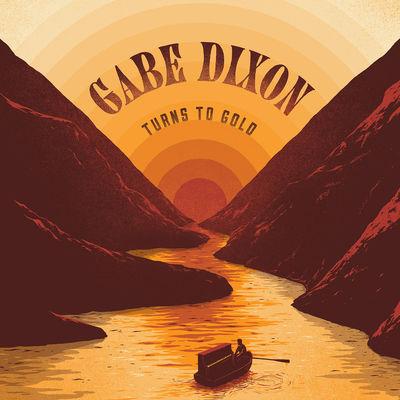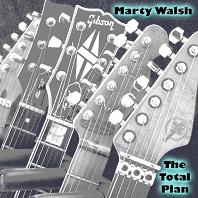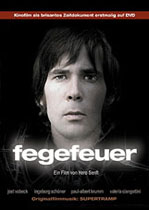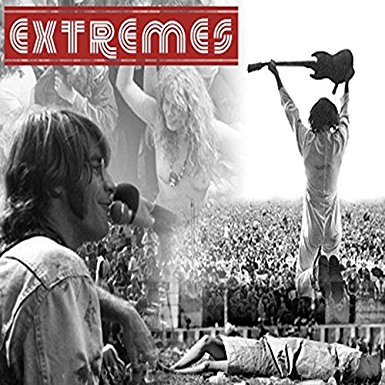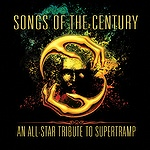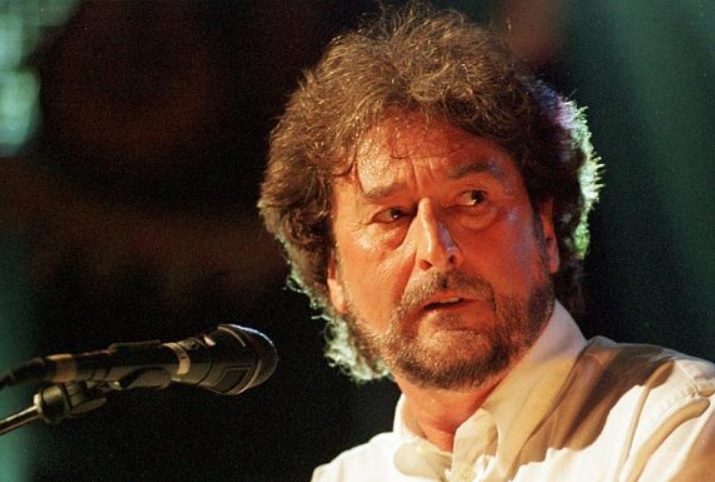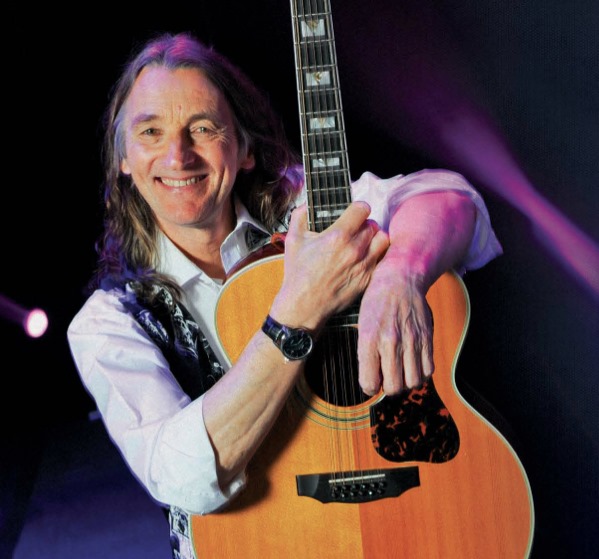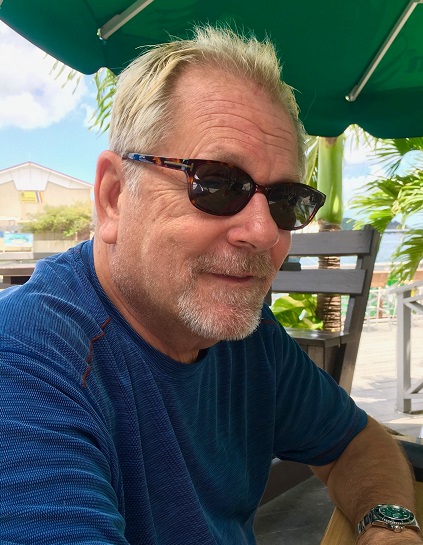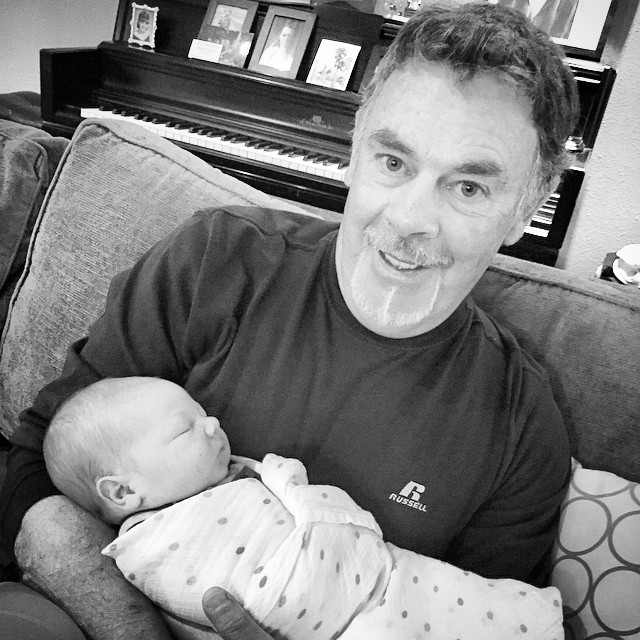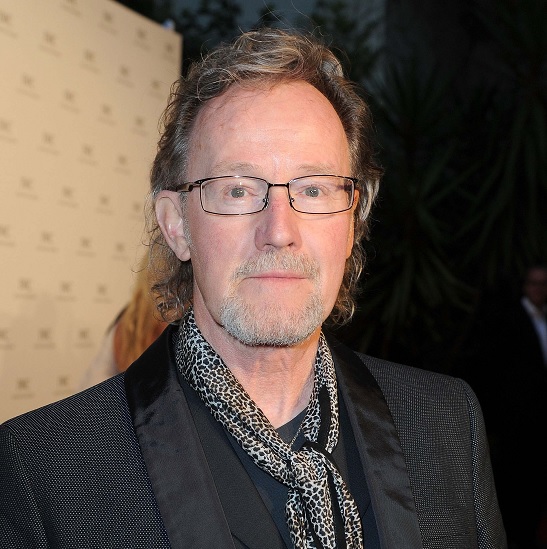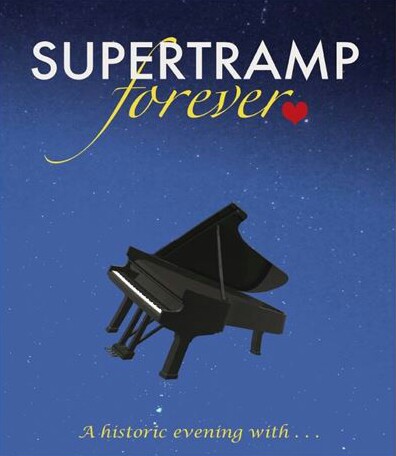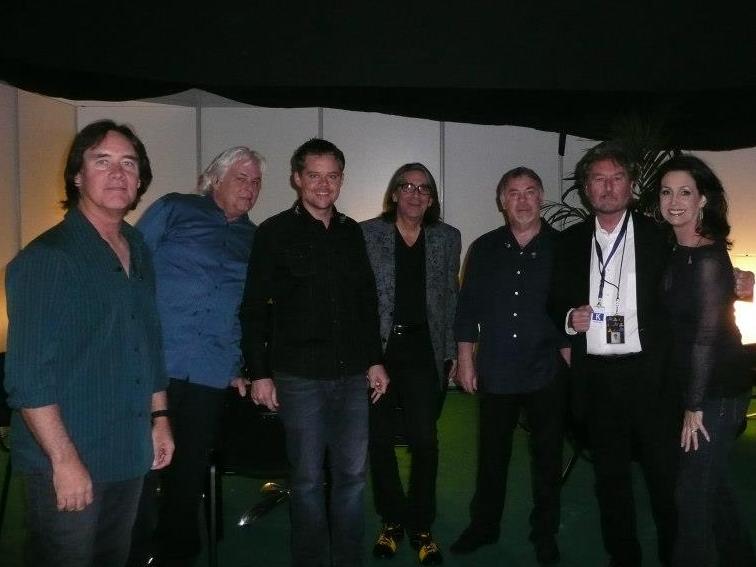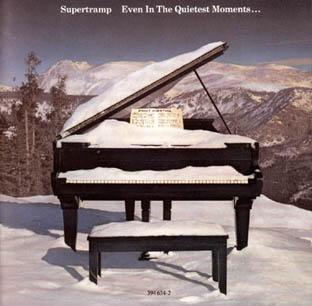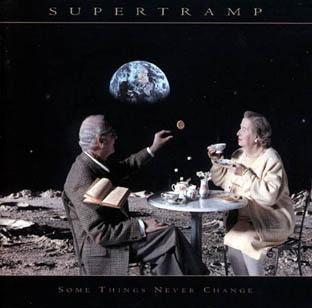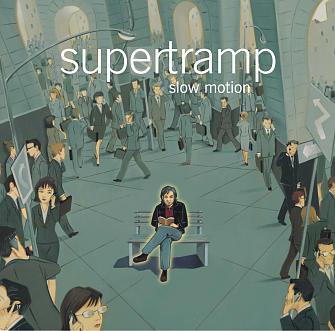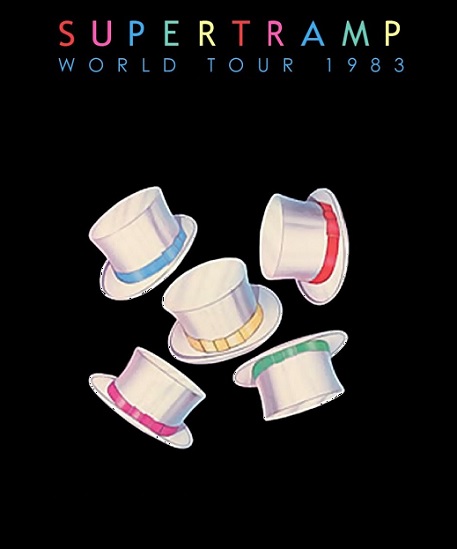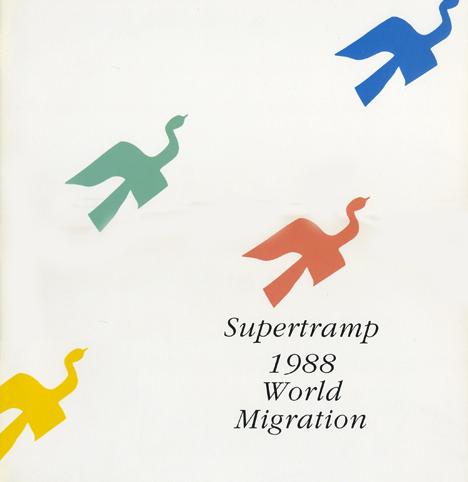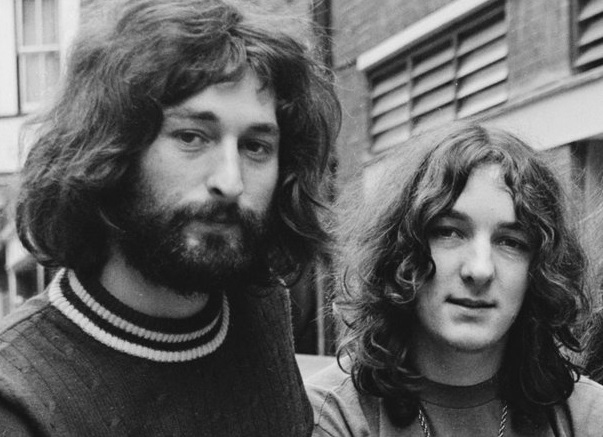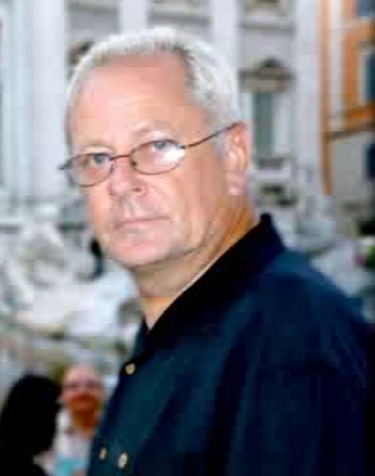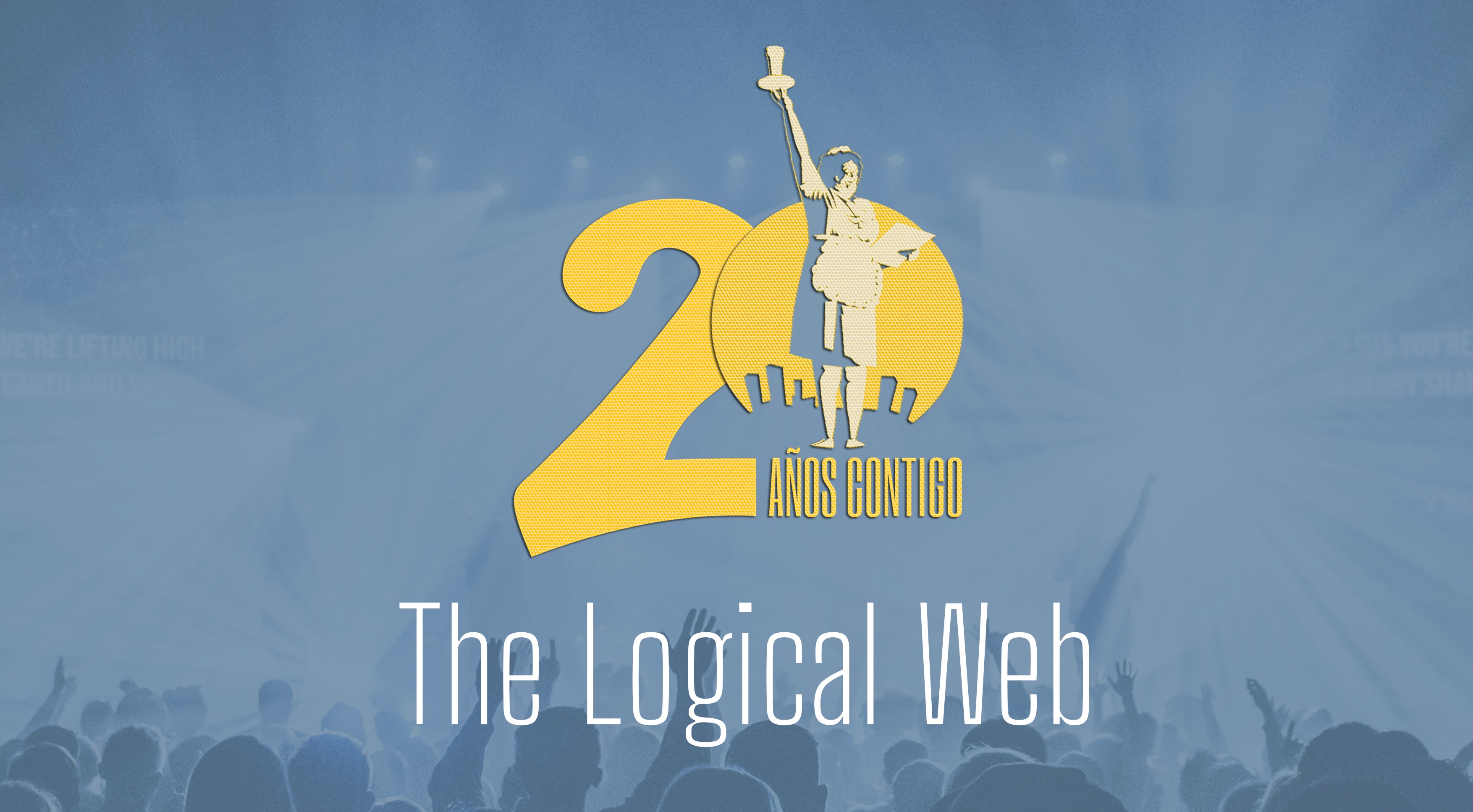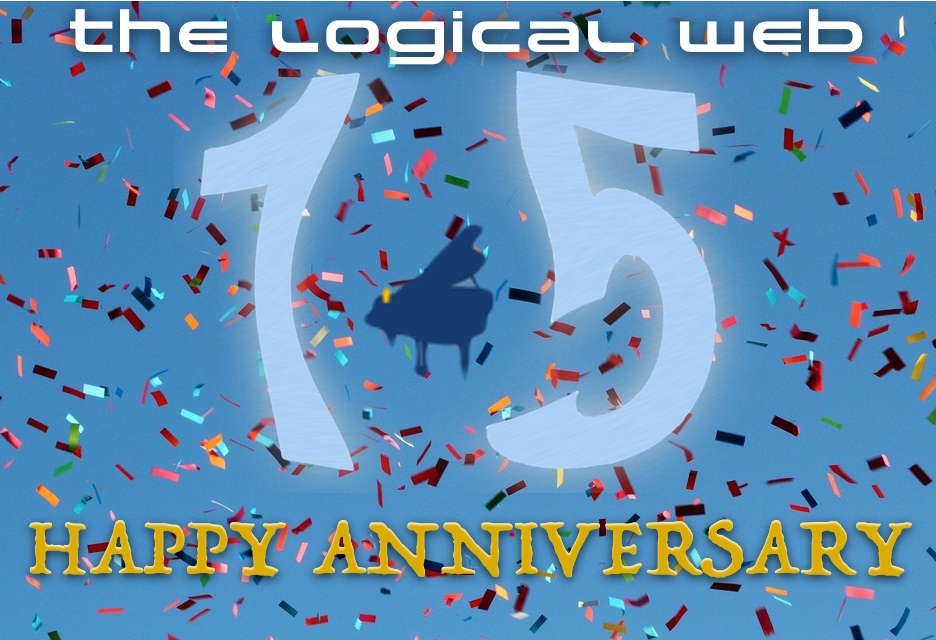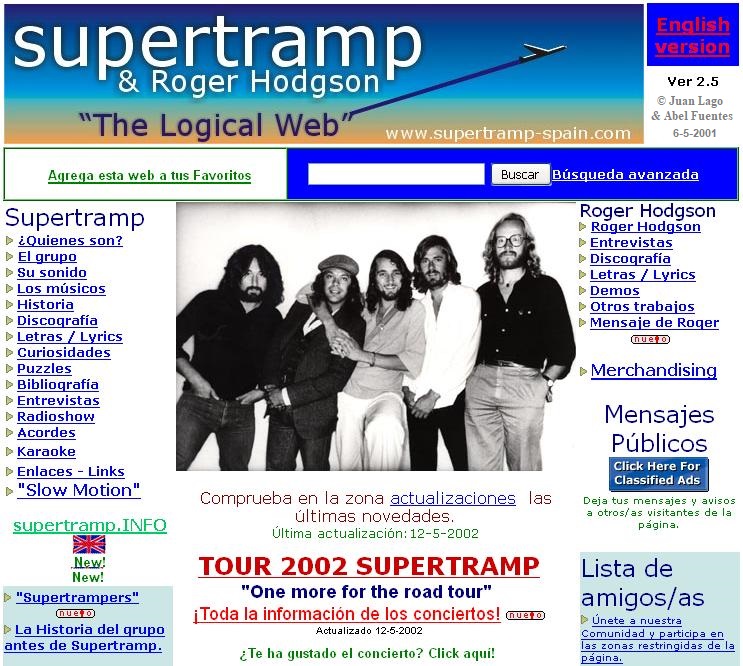Juan Lago and Abel Fuentes had a long chat with Russel Pope, Supertramp soundman from 1971 to 1983, about the history of the band and many other things.
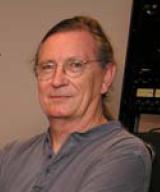
TLW: According to my notes, you were born in Johannesburg, South Africa, on May 9th 1948… Is it right?
RUSSEL: Yes, not my choice. Mine would have been Liverpool and slightly earlier in time.
TLW: Did you study something related to music or sound during your early years?
RUSSEL: I was pretty much addicted to music since 1956 when that Elvis person appeared in the air. I had been in a cover band in South Africa so I knew some basics about sound but I never anticipated being involved in that world so I paid no attention.
TLW: When did you move to England?
RUSSEL: I moved to London on Valentine’s Day 1970 hoping to meet and maybe work with The Beatles. They broke up almost immediately. Change of plans.
TLW: When did you join Supertramp?
RUSSEL: It was December 28th 1970. Rick and Roger shared a moth eaten flat in Maida Vale, West London, no furniture, just a couple of beds. Richard Palmer had just left, reasons unknown to me. Bob Millar quit soon afterwards, the first of many “Spinal Tap” moments to come.
TLW: Was it Davy O’List who first replaced Richard Palmer on guitar?
RUSSEL: I have a vague memory of David O'List being mentioned by Rick in some scathing way, but if he was involved it must have been for about five minutes. Richard Palmer was already gone when I arrived, not a happy departure judging by the Xmas card I saw in the flat at Maida Vale the day I started with them. The card read "Happy Xmas cunts".
TLW: So who was the new guitarist?
RUSSEL: There was no guitarist. The band was a four piece: Roger Hodgson on bass, Rick Davies on organ mostly, Dave Winthrop on sax and flute and Bob Millar on drums. Dave was pretty much the lead singer, Roger sang about a third of the set. Rick didn't sing at all. Very strange line up for a rock band but it worked although the music had no relevance to who they became in later incarnations.
TLW: It seems strange to me that Dave was the main singer in that band, while Roger sang almost every song on the first album... Did Dave sing only Supertramp songs or he also sang songs by other artists?
RUSSEL: Roger was the main singer on the first album but as a four piece with no guitar they were limited in what they could play live from the album. Plus a lot of that record is very precious and delicate and would not fair well in front of a crowd of drunken guys. So they did a few covers, “All along the watchtower” comes to mind, and they did “Try again” and “It’s a long road” from the album which Roger sang. Dave sang “Nothing to show” and the cover songs and just seemed the dominant force at the time. There were a few songs that Dave sang that were staples through 1971, 1972 and the first few months of 1973. They were never recorded for an album although they did show up on assorted BBC live shows like “Old Grey Whistle Test” and “John Peel Show”. “Black cat” was one, “White hot rock” was another… Another planet from who they became later.
TLW: When did Roger begin to play guitar?
RUSSEL: Roger only began to play guitar once “Indelibly stamped” began to take shape a few months later when Frank Farrell appeared on bass. It took even longer for Roger to begin playing the Wurlitzer live, until “Dreamer” showed up, which was the high moment of every show for the next two years or so.
TLW: So Roger took his time to start playing keyboards on stage…
RUSSEL: “Dreamer” was the only keyboard song from Roger until “Hide in your shell” and “If everyone was listening”. Roger was writing songs on piano and harmonium but didn't play them live. He wrote “Breakfast in America” around this time but he only had a little demo of it and it was never played live until it finally made it onto to a record in 1979, which deeply offended Rick's artistic sensibilities as he despised it. Of course his accountant probably likes it a lot as he gets exactly he same royalties from it that Roger gets. All for singing the immortal line "What you got, not a lot". Almost funny.
TLW: Why did you join the band?
RUSSEL: I joined Supertramp as an extra pair of hands to load and unload the van. No more, no less. I was broke, freezing and about to be homeless and somebody said “does anyone want to go to Norway with some band or other for ten pounds a week?”. It was a fortune… I volunteered. Who knew.
TLW: So you participated in the famous “disastrous tour” of Norway… What do you remember about it?
RUSSEL: The infamous Norway expedition started on the 28th December 1970. We took the ferry from Newcastle to Bergen and the first gig was on December 30th on top of a mountain and the audience mostly arrived on skis. At the end of the show they were all screaming drunk and commenced beating the shit out of each other with chairs. The van stayed on that mountain until the spring of 1971 as it expired after getting up the steep climb. The expedition lasted about ten days in a new rented van, ferries and icy roads with 1,000 feet drops into the fjiords. Beautiful, terrifying. All I could think was "what the hell have I done".
TLW: Did you play many shows in Norway?
RUSSEL: We did the infamous top of mountain gig and then Bergen Town Hall on December 31st. Then over the course of about a week we travelled south, took multiple ferries across the fjiords, crossed multiple mountains, did a gig on the island of Haugesund, a large barn as I recall, and then some place in Stavanger, then more mountains, more fjiord ferries and eventually a ship to Denmark and a very long and very cold drive to Paris, via an overnight stop in Hamburg and a very Second World War style delay at the German French border.
TLW: Why did you drive to Paris?
RUSSEL: We had to play a show at H.E.C. University. We made there with about four hours to spare and Sam was like a little kid about it and never gave up the phrase “We have made H.E.C.! Whenever there problems later on he would say “Yes boys, but you made H.E.C.”. Frankly I was overjoyed to make Paris in any form while still alive and I especially liked Sam's choice of restaurants and Sam's credit card.
TLW: What was your main task during your first times in the band? Is it true that you even drove the van?
RUSSEL: I drove the van, froze in the van, slept in the van, loaded and unloaded the van, fixed assorted wiring, tuned the drums, mixed the shows, etc. etc. etc., from early 1971 through September 1974 when “Crime of the century” was ready to be taken on the road with a real budget and an actual crew. I had a helper some of the time here and there and from the summer of 1972 a South African friend who had been in the same cover band joined the circus as my extra pair of hands. That was Tony Shepherd who, like me, accidentally ended up doing something he didn’t ever imagine, in his case the Supertramp light show. He and Roger became very close friends for the next thirty years, along with Ken Allardyce who was the other half of the light show and also extremely accidental in his choice of work.
TLW: Did you have been working as a sound engineer with other bands before joining Supertramp?
RUSSEL: No, I made it up as I went along. Shortly after I was drafted to drive and carry things, Mick Coles, the roadie-in-chief who hired me announced he was going to leave to be the driver for Led Zeppelin’s bass player, a giant step up in the food chain apparently. So the sound job went to whoever was standing closest to the mix console at the time. It happened to be me.
TLW: Do you remember when Dougie Thomson joined the band?
RUSSEL: Dougie appeared sometime in the spring of 1972 as I recall. It might have been slightly earlier. Roger was the bass player when I joined the enterprise, then Frank Farrell, who lasted through “Indelibly stamped” and on to late 1971 or early 1972.
TLW: According to “The Supertramp Book” by Martin Melhuish, you recommended Roger to take LSD when he did it for the first time in July 1972… Is it right?
RUSSEL: I have never read that particular book. A friend I trust advised me not to and I believed him. I did see the cover and it only features four people out of five. That was supposedly the definitive book on the band. I doubt there is a Supertramp fan in the world that would not notice that somewhere, somehow, someone removed Roger. Maybe they were just bad at arithmetic or they forgot?
TLW: On a letter Rick sent to Sam in 1972, he wrote this about you: “Russel, our ever loyal servant, may soon be leaving. He's thought of some incredible scheme to make himself untold millions. He disappears on off days to study 'the plans'. He's going to ask Coca-Cola for 25,000 pounds”... Can you tell me what did he mean?
RUSSEL: Of course the word servant should have been a big clue…It was a mad scheme that involved bringing drive-in fast food places to England, complete with girls on roller skates bringing the burgers, fries and shakes to the cars. Tony Shepherd, his cousin and I had designed a special container for the food that sat on the open car door, the idea being that England was not California so the open trays that were all over the US would not work in the rain, or the freezing English winters. Considering the rain and the freezing English winters it was beyond foolish, but we persuaded ourselves that if Coca-Cola bought the logo space on the containers we could open the first one in six months and retire to the south of France the month after that. And then we wouldn't be servants driving a van all over wet and freezing English roads.
TLW: What do you recall from the time when you were living with the band at 35 Holland Villas Road in London?
RUSSEL: We were at Holland Villas from 1st January through to 1st July 1973. Previously, in 1971 and 1972, Rick, Roger and I had shared various flats in London with assorted understanding women who always seemed to pay the rent. But this house was a rather grand four bedroom palace by our standards. It had a grand piano and busts on pedestals and a long ornate dining room table. It also came with a house keeper, Gladys, and a very unfortunate beagle, called Droopy on account of his legs being so short that his stomach practically hugged the ground.
TLW: How did you manage to rent that grand house, considering that Supertramp had not succeeded by then?
RUSSEL: The house was in Maggie Charles name, who was one of London's in demand models of the time and the older sister of Barbara Charles, briefly Roger's girlfriend, who subsequently married Ken Allardyce, who eventually joined the circus as part of the crew and went on to run the light show with Tony Shepherd. Maggie Charles then briefly became Roger's girlfriend at Holland Villas and much later also married Ken Allardyce. A little confusing I know but everyone ended up happy ever after with their final choices. It was musical chairs in the romance department for a while.
TLW: Is it true that Joe Cocker had lived there?
RUSSEL: Yes, the owners had previously rented the house to Joe Cocker and band and they were horrified at the result and wanted no more to do with rock bands. But Maggie Charles, being a hot model and quick with her wits, persuaded the owners of Holland Villas to rent her and, supposedly, three friends of her who were models too, the house.
TLW: So you paid the rent as if you were just four people although you were many more…
RUSSEL: We quickly filled the four bedrooms, Roger and his sister Caroline in one, Maggie and pre and post Roger girlfriends in another, Nigel and Nicky, who were two Australian friends of Rick, in another and the Bollos, identical Australian twins in the fourth bedroom. Rick lived in the closet/shower on the landing and Tony Shepherd, Ken Allardyce and I moved into the attic, plus 3 girlfriends. There was a pull down ladder in the ceiling of the hallway that let you up into the attic, no windows, no floor treatments, no nothing. We had three mattresses, we hung the required Indian tapestries of the time as partitions, for privacy. So, in total there were fifteen of us at the Holland Villas house.
TLW: And what about the housekeeper? Was she an accomplice of yours?
RUSSEL: Yes, Gladys loved us to death and joined the conspiracy, as did Droopy, who never ate better in his life. Every month there would be an elaborate procedure at rent time when the owners would arrive to collect from Maggie and her three friends who supposedly shared the house with her. All evidence of the rest of us had to be put away, including any instruments, sleeping bags, illegal substances, whatever. The attic ladder would be folded into the ceiling as though it were never used. We did have one episode when they insisted they check the attic for some reason and we had to dismantle our little palace up there in about four minutes flat, very quietly sneaking out while Maggie amused and delayed the owners until the coast was clear.
TLW: What happened inside the band, musically, during that time?
RUSSEL: It was in this period that we came to the end of Supertramp version 2.0. Sometime around Easter we ended up in Copenhagen for a residency at the Revolution Club. I think it was a week but it was Easter and Carlsberg were selling their Easter Beer so I doubt anyone remembers. The Danes thought it was hilarious to give the stupid English the Easter Beer because the formula was approximately 2 Easter Beers = 1 Coma. It was on the way back to London that Dave Winthrop abruptly announced that he was quitting and he just walked away at a motorway cafe, never to be seen again. No explanation, no nothing. I put it down to the Easter beer. Back at Holland Villas, I vividly remember Kevin Currie coming to collect the drums and there being a dispute about that issue. Rick and Roger decided pretty quickly to put Kevin out of his misery and we just went into suspended animation.
TLW: So it seemed that Supertramp had disbanded at last…
RUSSEL: Yes. Tony and I started renting ourselves and the old Sam sound system out and pretty soon ended up with Steeleye Span and headed to America with them for the month of July for a Jethro Tull tour. In Los Angeles, just off stage at the Forum, I bumped into Wilf Wright from Chrysalis, the agent who had booked most of Supertramp's gigs so far. He asked after the band and I told him it was pretty much extinct for now. He waved his hand around at the 20,000 people and said “They were a good little band but of course Supertramp could never have done this”. Things like that stick in the brain for a long time. But when Tony and I came back from the US at the end of July Rick and Roger had already held one rehearsal with Bob and John, and the band had resurrected.
TLW: And soon afterwards, late 1973, all of you went to live at a farmhouse called “Southcombe”, to change the fate of the band…
RUSSEL: Yes, all of us, including wives, girlfriends and even Dougie and Christine's cat, TC. It was an idyllic winter fantasy with A&M paying all the bills and everyone in a space where anything was possible and we just knew it was all going to work out and everyone was going to be happy ever after. It was almost fun walking to the pub a mile away in deep snow and stepping on cow turds.
TLW: Is it true that the soundman Norman Hall was also living with you there, though he was not a member of the crew yet?
RUSSEL: Yes. Norman did not join the crew until the first tour which started in September or October 1974 at The King's Road Theatre with a showcase for A&M. He had been a flatmate of Rick's in Shepherd's Bush and was persuaded to become Bob Siebenberg's drum tech. One or two years later he became my "assistant" after Kenny Thomson graduated to stage manager and then re graduated to tour manager for the Chris de Burgh person. Much later Norman was the designated soundman for Rick and Sue's band.
TLW: What was the best sound system used by Supertramp when you were in the band?
RUSSEL: Except for the very beginning we only ever used one sound system with Midas consoles and Martin speakers. I think I had the first Midas console ever made, as early as 1971 and then three more over the years. Roger and I did a full demo of “Crime of the century” at the farmhouse on that first console. Switzerland Sam was the money man in those years and he was eccentric to say the least but very generous and he clearly adored the band and their music. He withdrew sometime in late 1972, forgiving a debt of some sixty thousand pounds.
TLW: Why did you decide to use that sound system?
RUSSEL: We saw Pink Floyd perform “Dark side of the Moon” in London in 1973 and I was amazed to hear a live show sound that fucking good. They were also using Midas consoles but their speaker system from Martin Audio was enormous. So when “Crime of the century”’s budget appeared I went straight to Dave Margereson and said “I’ll have whatever Pink Floyd are using thank you very much”. That system allowed us to reproduce “Crime of the century” at shows in a way that reproduced the sense of awesome power that orchestral songs need to have to really affect people in a visceral way. It was very expensive and worth every damn penny. Later on some people spent that much money and much more on “important” things like first class air travel, silly long cars and silly expensive hotels. Different priorities.
TLW: Was that sound system better to play in inside venues or open air?
RUSSEL: The best sound was always in smaller inside venues, preferably concert auditoriums or theatres. The acoustics were very similar to a studio, reasonably dead without a lot of splash and clatter from concrete walls and miles of steel seats which is the way sports arenas are built. Outdoor shows could be fantastic but basic physics meant you had to have a huge amount of power to make up for all that open space. When shows grew to 50,000 and up it became increasingly difficult to sustain the grand majestic qualities and still make it sound intimate and warm. Pink Floyd never had that problem because their stuff was so orchestral and somewhat abstract. Supertramp mostly played little middle class pop songs and they had to sound just like the records because that was what people had come to expect from them. Most of the time it worked beautifully but occasionally, not so much.
TLW: What producer did you prefer to work with, Ken Scott or Pete Henderson?
RUSSEL: Ken Scott came from The Beatles and Abbey Road although I did not know he was from Beatle Land until we were already in the studio with him. I totally fell in love with “Hunky Dory”, the David Bowie album before “Ziggy Stardust” and I vowed that if we ever had the chance Ken Scott should be the first and only choice for “Crime of the century”. I more or less annoyed Dave Margereson for months about the issue until he made the arrangements for Ken to mix a single, “Land ho”, which did not go well and we almost blew the opportunity. Fortunately the demo we did at the farmhouse persuaded Ken to think again and voila.
TLW: Why did you replace Ken with Pete?
RUSSEL: After “Crime of the century” and “Crisis? What crisis?” it was decreed that a change was necessary and we asked Geoff Emerick , the “Sgt. Pepper” engineer, to do “Even in the quietest moments”. Hey, when in doubt think Beatles… Geoff was not available and he suggested that his protégé Peter Henderson do the basic tracks at Caribou Ranch and then Geoff would do the overdubs and mixing at Record Plant in Los Angeles. Pete had just done the “Wings” album with McCartney so it seemed like a grand idea. Pete flew to Los Angeles and we all met him at some wacky new age restaurant in Topanga Canyon. We were slightly nonplussed to meet what seemed to be a teen age boy. Needless to say it took about ten minutes to overlook the youth issue and Pete became part of the extended family, a relationship that continues to this day.
TLW: When did you leave Supertramp?
RUSSEL: It was September 25th 1983, when “Famous last tour” tour ended.
TLW: What have you been working on since then?
RUSSEL: Studying the feeding habits of the California squirrel. And producing and engineering for some indie artists I like from time to time.
TLW: In the summer of 2006 you worked at Cups’N’Strings studios on the restoration of the master tapes of Paris 1979 show… What can you tell us about it?
RUSSEL: Actually I just collected the tapes, delivered the tapes, collected the digital results and shipped them to Pete Henderson. Just like 1971, drove the truck, loaded and unloaded the truck, etc. Full circle.
TLW: Is it true that those tapes had been found in Bob Siebenberg’s farm and were covered by cow dung?
RUSSEL: I like to think so, it’s such a good story and has inspired a lot of comment.
TLW: Do you know why they were there?
RUSSEL: Bob just “acquired” a whole pile of master recordings of all the shows we recorded on the Breakfast tour in 1979. He recorded over them for his solo projects. Somehow no-one ever questioned this or thought to peer into the future. I was long gone and so was Dave Margereson.
TLW: It was said then that you also were working on the filming of that show to edit a DVD… Is it true?
RUSSEL: No.
TLW: Do you think it could be released soon?
RUSSEL: I know nothing about that.
TLW: Roger Hodgson said recently that he is ready to play again with Supertramp… Would you work with Rick Davies and him again if they asked you for?
RUSSEL: I don’t believe they asked me. The Beatles are more likely to reform in either case.
TLW: Are you still in touch with other Supertramp members?
RUSSEL: No.
TLW: Who was your best friend in the band?
RUSSEL: Midas console #2.
TLW: What do you think about many people called you “the sixth member of Supertramp”?
RUSSEL: When the accountants say it I like it a lot.
TLW: You are an open book on Supertramp history… Are you sure that you don't want to write your own book?
RUSSEL: It might be amusing but it would come from a very different place than most fans would want to hear. I think that would cause some discomfort in certain quarters. I have a great deal written but to no real purpose. I have always said that there are probably ten people in Canada and three in France who could care about it.
TLW: Why do you think so?
RUSSEL: Supertramp lacked any identifiable star in the conventional rock band sense so they were kind of anonymous. And the others were always afraid that too much attention would go to Roger so there was an active and intentional effort to avoid any cult of personality. Being relatively anonymous has shielded them from any real spotlight on who was who, who did what to who and all the usual back story to a very successful band. Plus, no heroin, no trashing hotel rooms, virtually no groupies. It wasn't milk and cookies but it wasn't debauchery by anyone's standards and therefore probably extremely boring. Plus everyone has seen “Spinal Tap” so all you have to do is change the names and... bingo.
TLW: But Supertramp’s legacy in music would be more important than that…
RUSSEL: Yes, and I am utterly amazed year after year at the fact the music is still selling and on the radio around the world. Obviously we did something right but the more interesting stuff is usually what we did wrong. I mean, it's human nature to focus on the weird and scandalous elements of musicians lives. Where rock bands are concerned most of that revolves around sex and drugs. The normal boring parts of their lives hold no interest for most people. Supertramp were terminally normal and led very ordinary middle class lives unless you scratch the surface. So there wasn't much gossip for the press and therefore no real story, at least by most media standards. That stuff may have to wait a while longer although I am sorely tempted sometimes when I read the fairy tales of Roger's departure.
TLW: Are you insinuating that Roger's departure was not due to the reasons they talked of along the years?
RUSSEL: That is a very interesting question and one that may be answered in the very near future…
TLW: After so many years following Supertramp history, I thought I knew everything about Roger's departure: artistic discrepancies with Rick, personal discrepancies with Rick's wife, birth of his two children, non-accepted changes in the band proposed by him...
RUSSEL: Sometimes it's better not to know... All of those happened, it's just that there are other events that have never surfaced, particularly the idea that Rick acted out of loyalty to anyone. Anyway that may change soon because I sent an email to Roger to tell him my version of all that happened surrounding those events, who said what, when, for what reasons and none of it matched the official story in any way. I asked Roger if he could give me any good reasons why I should not let it float out to sea in a bottle. Now I am waiting for a response from him before I say anything else as he may wish to leave the vault sealed.
TLW: Do you know why Dave Margereson was fired as manager of the band at the end of 1983 tour? Were you and Roger aware of this?
RUSSEL: To be technically accurate, Dave was ejected during the last tour, towards the end of the European leg but well before the US and Canada section. He told me in the hotel bar in Germany the night before he left and although they would have technically required both me and Roger to sign off on that decision I know I was not even aware of it until Dave told me. So although Roger was still there for three more months it is remotely possible that he was not consulted either. Stranger things happened on that tour so that would not surprise me.
TLW: Was the lack of profits under his management the main reason for firing Dave?
RUSSEL: The money was an issue but there were was such a vacuum of power in that period that no one really had control of anything and Rick and Sue had more than anyone else, so I think blaming Dave is a little unfair.
TLW: What do you think about Dave’s management from 1973 to 1983?
RUSSEL: Dave was essential to Supertramp's success in the early years as he was deeply connected to A&M through his friendship with Derek Green, the head of the company in London, and he also had a very good relationship with Jerry Moss. This ensured that we got everything we asked for most of the time and Dave understood the nuts and bolts of the music business very well. We needed someone to buy us the freedom to allow us to indulge our somewhat fragile and delicately balanced enterprise. He was and still is passionate about Supertramp and was deeply wounded when he was disposed of.
TLW: How was the relationship between Dave and Roger along the years?
RUSSEL: Dave always tried to accommodate Roger, even buying a house in Nevada City at one point. Dave's relationship with Rick and Sue was totally poisonous but Roger never had any personal animosity towards Dave.
TLW: Why do you think that Dave’s relationship with Rick and Sue became so bad?
RUSSEL: Dave’s personal style was very different than Roger's, Rick's and mine. That led to a lot of subtle conflict that became less subtle over time. Dave has a very strong personality and he is very much a no nonsense guy, although he was really a frustrated artist in many ways. The person in the band he most bonded with was Dougie Thomson. Neither of them had too much time for what they perceived as artsy fartsy preciousness from Roger and especially from me. For the first few years, before Sue and Karuna appeared, Dave had relative autonomy on the business side of things.
TLW: What happened when Sue and Karuna appeared?
RUSSEL: Dave's life, and mine, became impossible. We had both, in different ways, always been navigating between Rick and Roger since the beginning. They were utterly different people in every way. You could negotiate successfully with Rick and Roger but when you are the carrier pigeon between Yoko Ono and Leona Helmsley you are pretty much doomed. Especially if one of them has a shotgun. And sadly, that is what we were dealing with. Sue had never made a secret of the fact that she wanted Dave and me gone and that she ought to be the manager. It took her many years and it would have a laughable prospect if Roger and Karuna had not been so determined to climb into a spaceship and pull up the ladder, leaving everyone stranded and Sue free to take control.
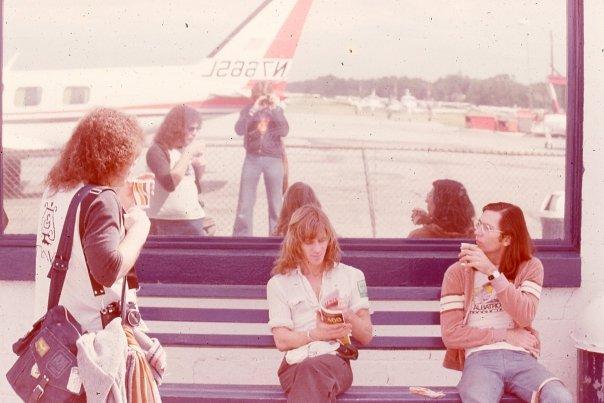
Russel Pope, at the right, in an airport with Bob Siebenberg and lighting engineer Tony Shepherd during a Supertramp tour in the 70s.

